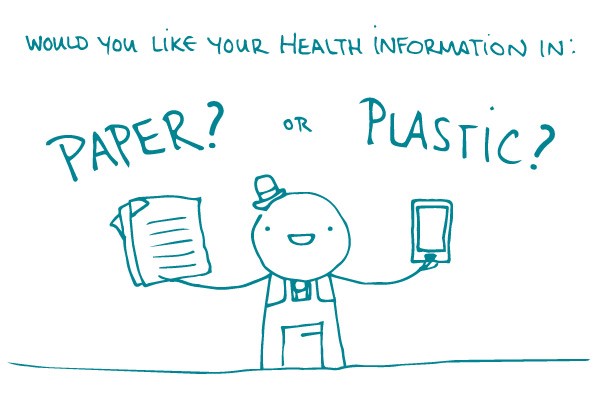
The gap between people who have access to technology and people who don’t (also called the digital divide) is shrinking. According to Pew, smartphone and home broadband internet access have grown among:
- Racial and ethnic minorities
- Adults with low education achievements
- Adults in rural areas
So, what does this mean for those of us who strive to make health information easy to find, understand, and use? Should we forget about pamphlets and focus on widgets?
Not necessarily. Some groups, like people with disabilities, still have limited access to certain technologies. And some people say they don’t use the internet because they don’t know how or find it frustrating.
Before you jump to coding, learn about your audience. If they’re glued to their smartphones, a mobile app might be a good fit. If they don’t own mobile phones or have internet at home, an ol’ fashioned print material may work best.
Remember that a brochure or fact sheet created with the user in mind will be more effective than a website developed in a vacuum.
The bottom line: Avoid developing digital resources just because they’re trendy. Choose the format that’s most appropriate for your audience.
Browse recent posts